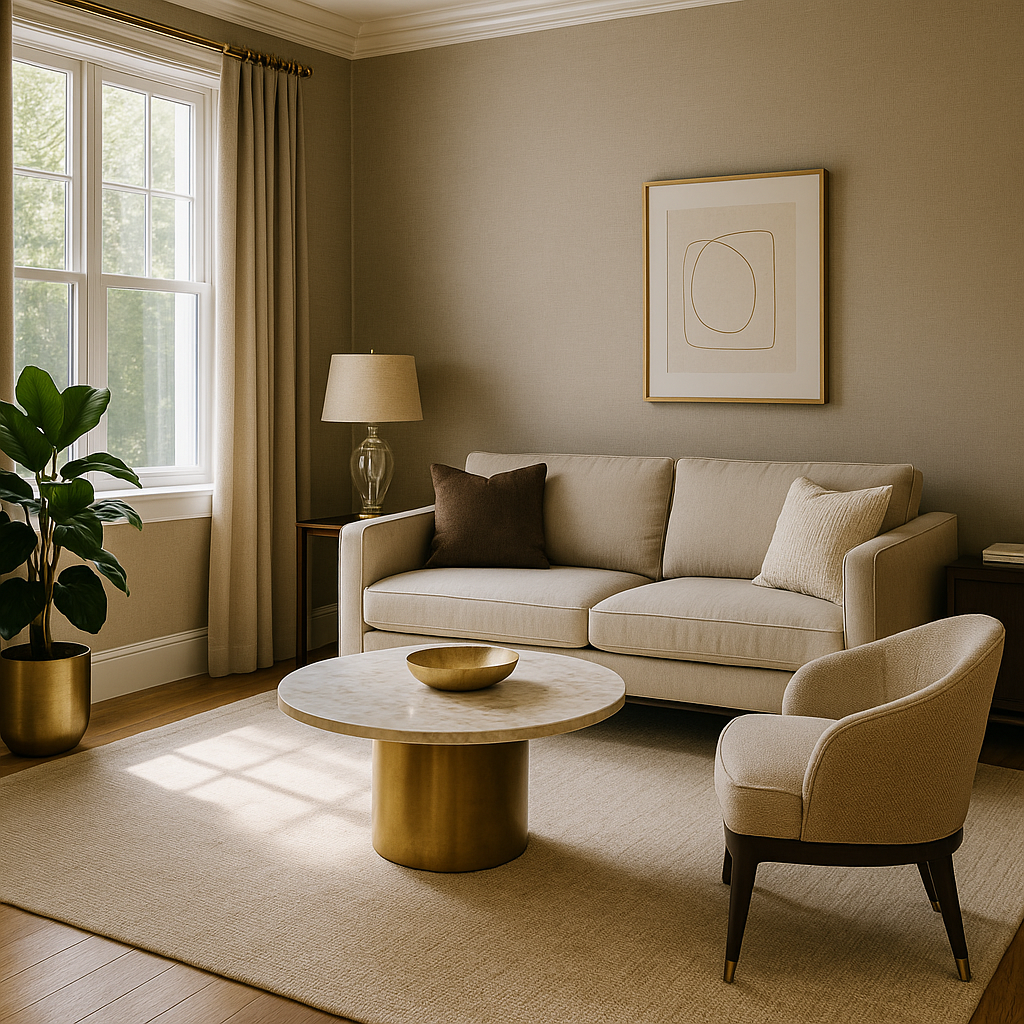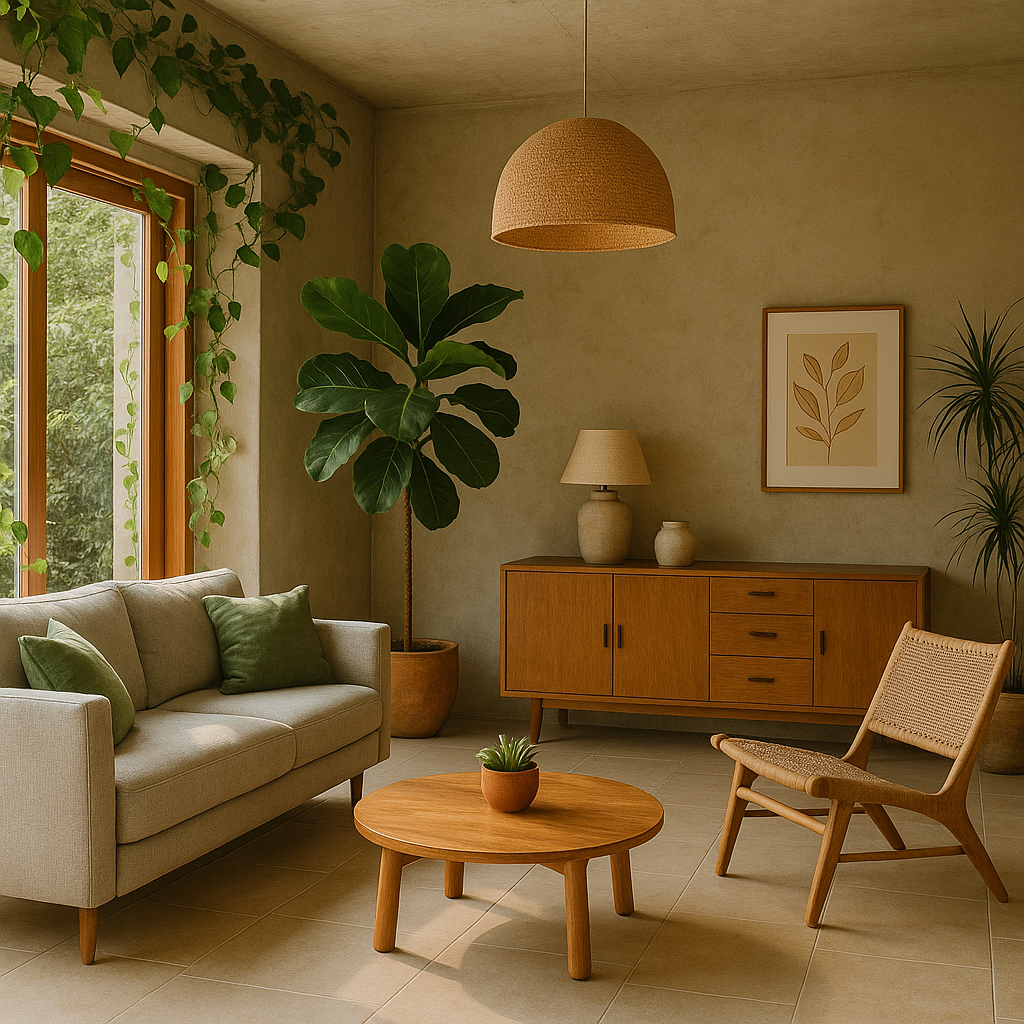Interior Design Mistakes to Avoid in Small Living Rooms

Strong 8k brings an ultra-HD IPTV experience to your living room and your pocket.
Designing a small living room can feel like trying to fit your whole life into a shoebox. Whether you're living in an apartment, a compact urban home, or just working with a narrow space, every decision, from sofa size to lighting can impact how spacious (or cramped) the room feels.
The good news? Small living rooms can still feel open, stylish, and cozy , if you avoid a few common design traps. Let’s look at the most frequent mistakes people make when decorating small living rooms and how to sidestep them.
1. Overstuffing the Room with Furniture
One of the biggest mistakes is thinking that more furniture means more functionality. But in a small space, less is more literally. Oversized sectionals, chunky coffee tables, or multiple armchairs can make your room feel crowded and heavy. Instead, look for compact, multifunctional furniture like a sofa bed, nesting tables, or storage ottomans that keeps things light and flexible.
Always measure your space before buying large pieces. What looks great in a showroom might overwhelm your living room.
2. Poor Layout and Traffic Flow
Furniture placement makes or breaks a small space. A common mistake? Pushing everything against the wall, thinking it’ll make the room feel bigger. In reality, it often leads to awkward gaps and a disjointed layout.
Create cozy zones and make sure there’s a clear flow for people to walk through. Even leaving 18 inches of space between pieces can make the room feel more open and intentional.
If your room is around 10x15 feet, thoughtful planning becomes even more important. Here’s a practical expert guide that walks through how to design a 10x15 living room to make it feel bigger, including layout tips that work in real homes.
3. Using Dark Colors and Bulky Décor
Dark walls, heavy curtains, and large décor items can make a small room feel like it’s closing in on you. If you're going for cozy, that’s great—but if you’re trying to open up the space, opt for lighter tones like soft whites, beiges, and pale greys. Add depth with texture instead of bold colors. And when it comes to décor, stick to clean-lined, minimal pieces that don’t visually dominate the room.
4. Relying on One Light Source
A single overhead light isn’t enough especially in a small space. It tends to create harsh shadows and doesn’t highlight the room's features. The fix? Layer your lighting. Combine a ceiling light with floor lamps, table lamps, and even wall sconces. This creates dimension and allows you to light different areas for different moods.
Also, make the most of natural light. Avoid blocking windows with large furniture, and use sheer or light-filtering curtains to let in as much daylight as possible.
5. Wasting Vertical Space
Small rooms often lack floor space but they usually have plenty of wall space. Don’t let that go to waste. Instead of wide bookcases or bulky cabinets, go vertical. Think floating shelves, wall-mounted cabinets, or tall storage units that draw the eye upward and create the illusion of height. You can even hang plants (like a money plant or pothos) or artwork higher than usual to elongate the room visually.
6. Not Defining Zones in an Open Plan
In small open-plan homes, it’s easy for the living room to blend into everything else kitchen, dining, workspace. But when everything feels mushed together, it creates visual chaos. Create subtle boundaries using rugs, furniture arrangement, or even lighting. For example, a pendant light over the coffee table can signal “this is the living space” without putting up a wall.
7. Skipping Storage Planning
Clutter is the enemy of small spaces. And if you don’t build in smart storage, it’ll pile up on tables, counters, and even the floor. Look for furniture that doubles as storage like a bench with hidden compartments or a wall-mounted media unit. Use baskets, boxes, and vertical organizers to tuck things away neatly. A clean room instantly feels more spacious.
8. Trying to Use Every Inch
It’s tempting to squeeze something into every corner. But filling up all available space makes a room feel stuffed and stressful. Negative space, or empty space, is just as important. It gives the eye room to rest and makes your layout feel intentional. Don’t be afraid to leave a corner bare or keep a wall minimal it can actually make your room feel bigger.
Final Thoughts
Designing a small living room is part puzzle, part creativity. It’s about knowing what to include and what to leave out. Avoiding these common mistakes can help you create a space that feels larger, more comfortable, and far more functional. Remember: it’s not about having less. It’s about doing more with less and doing it smartly.
Note: IndiBlogHub features both user-submitted and editorial content. We do not verify third-party contributions. Read our Disclaimer and Privacy Policyfor details.



